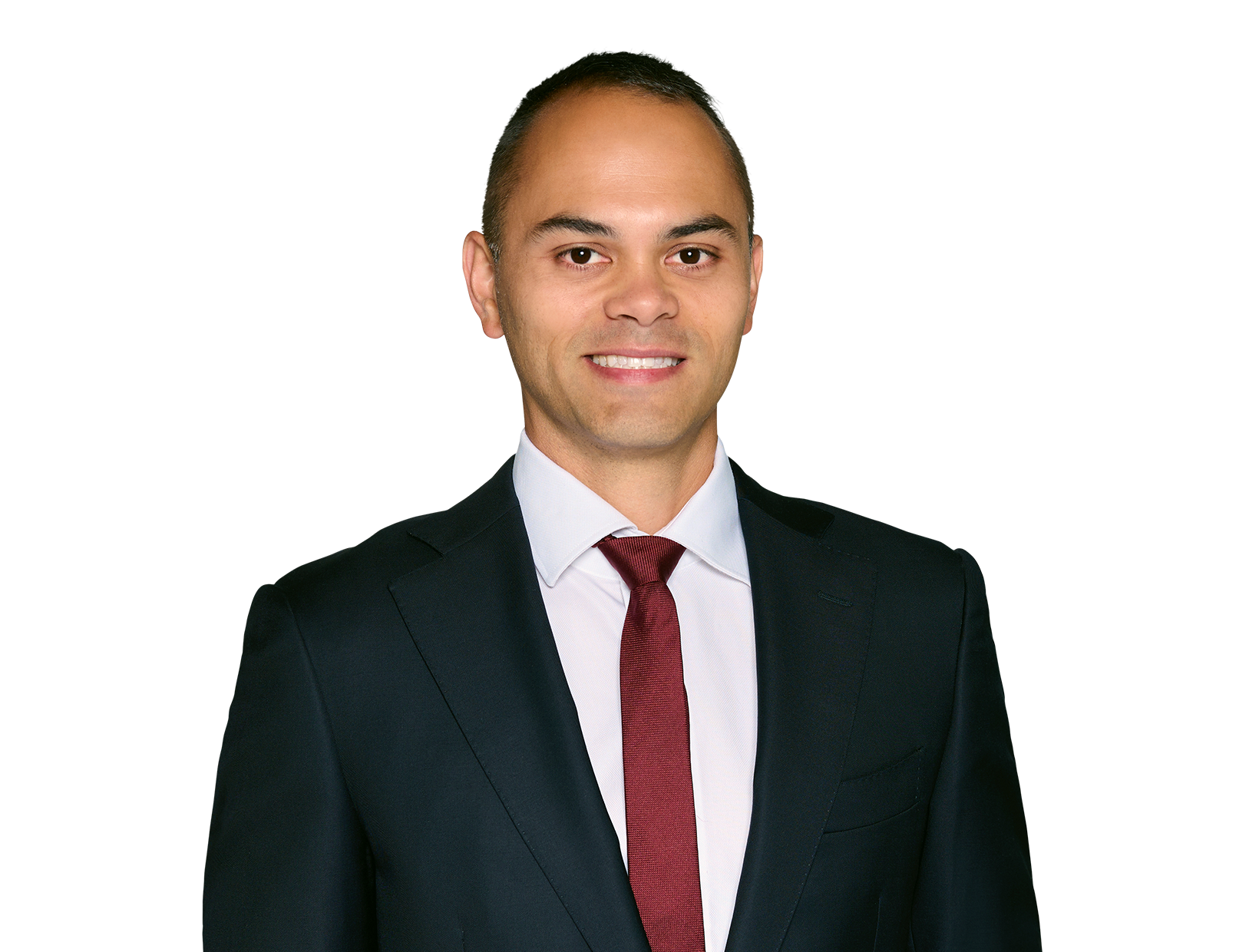IP Law Essentials
Functional Claims
Authors
-
- Name
- Person title
- Principal

The issue of "functional claims" or "functional claiming" is one that receives a fair amount of attention, especially for claims covering computer software. The following Q&A explains what functional claiming is, why it is a powerful patent drafting tool, and some potential pitfalls.
Q: What is a functional claim limitation?
A functional claim limitation describes an invention in terms of what it does, rather than describing its structural components. For example, consider a claim drafted to cover a table. The claim could recite the table's structure: it has a top, four legs, and it might specify that the legs are attached to the table top using screws. Instead of specifying what structures attach the table top to the legs, however, a patent drafter could alternatively state that the table includes a top, four legs, and "means for attaching the legs to the top." Such a "means for" limitation on its face could cover any structure for attaching the legs to the top, including screws, nails, glue, or any other mechanism.
Q: Are functional limitations permissible in the United States?
The answer is generally "yes." The U.S. patent statute (35 U.S.C. Section 112(6), pre-AIA; Section 112(f) post-AIA) allows a claim drafter to recite an element of a claim "as a means or step for performing a specified function without the recital of structure." There is one important requirement, however, when using functional claiming: a structure for performing the claimed function must be described in the patent's specification. So if a patent drafter chose to claim the above-described "means for attaching legs to the top of the table," they would then need to describe in the specification at least one structure for performing the function, such as nails or screws.
Q: Is a functional limitation limited to only those structures described in the specification?
The answer is generally "no." The patent statute says that the patent must disclose at least one corresponding structure, but the claim will be read to cover not only that structure but also any "equivalents thereof." Going back to the table example, if the specification only described using nails as the "means" for attaching the table legs to the table top, one could argue that other techniques such as screws were also known in the art, and that one of ordinary skill in the art would have viewed screws as "equivalent" to nails when it comes to attaching table legs. Of course others might disagree as to whether nails and screws are "equivalent."
Q: What if the specification does not recite a structure for performing the recited function?
A patent that uses a functional claim limitation without describing in the specification a corresponding structure for performing the function can be found invalid as indefinite. Importantly, the entire claim can be found invalid even if only a single functional limitation is unsupported.
Q: Is "means for..." the only way to invoke functional claiming?
No. While the patent statute talks about defining inventions as a "means for" performing a function, other claim language can also invoke functional claiming. This issue arises frequently in computer software patents. For example, a claim to computer software may recite a "module for" performing a particular software function. Some courts have found "module" to be sufficiently generic and lacking in structure that it should be treated the same as a "means for" limitation. Other language that has been found "functional" includes "mechanism for," "device for," "unit for," "component for," "element for," "member for," "apparatus for," "machine for," or "system for."
At the same time, use of the above language (or even use of the words "means for") will not automatically mean that a limitation is functional. A court construing a patent will look to see whether the claim recites enough structure to perform the function so that it is actually a structural limitation. In the "module for" example discussed above, the claim could recite each step the software "module" performs, in which case a court may find the limitation is sufficiently structural. Alternatively, the claim may only recite the output of the module, without describing the steps it takes to achieve that output, which may lead a court to find the limitation is functional.
Q: Are there any problems with functional claim limitations?
The power of functional claiming is that it allows a patent drafter to cover a potentially broad class of structures with a single claim limitation. Consider a limitation reciting "means for transporting people between cities." Such a limitation could cover such diverse technologies as cars, airplanes, bicycles, or even walking. The claim on its face could even cover transportation technologies that have not yet been invented.
In the computer software field, patent claims are very often written in terms of the functions the software performs. There could be a variety of different ways of implementing functions in computer software, and functional claiming could effectively cover any way of writing software to perform the recited function.
The broad scope of such functional limitations is why the patent statute requires disclosing a corresponding structure in the patent's specification. The "benefit of the bargain" of using broad, functional claiming is that the patent drafter must tell the reader what specific structures perform the recited function. Otherwise, the patent could be found invalid.
Authors: Alexander Pechette and Jonathan Lamberson
The opinions expressed are those of the authors on the date noted above and do not necessarily reflect the views of Fish & Richardson P.C., any other of its lawyers, its clients, or any of its or their respective affiliates. This post is for general information purposes only and is not intended to be and should not be taken as legal advice. No attorney-client relationship is formed.